Nigerians call it Waara or Wara, and Ghanaians call it Wagashi. Waara/Wagashi originated from the Fulani Northerners in both countries, and possibly other West African countries as well. Note that there is a Japanese sweet that is named Wagashi as well.
I have always thought it should be possible to make it here (in the USA), but always wondered what would replace the plant leaves used to initiate the curdling of the milk.
Recently it came to my mind again, and after a bit of Googling, I came across several sites and a few Youtube videos. As usual, some of the instructions are based on “feel free to go on until the spirit of your ancestors tap you on the shoulder and say stop.”
I ended up basing my attempt on two YouTube videos (links below).
Some notes:
I set the milk to boil on the low end of medium. After more than an hour, it didn’t quite start to boil, but when I could see a bubble rise here and there, I gave up and added the white vinegar, and stirred the pot briefly. The milk started to curdle almost immediately, and I think that separation lowered the boiling point of the separated liquid because it started to boil vigorously. In one of the videos, even though the lady used the word “boiling” she actually indicated a temperature of about 88F (32C) which is lower than the boiling point of water. As she said, getting a food-grade thermometer is likely a good investment.
Don’t forget (as I did) to add a little salt. Without salt, the Waara is almost tasteless.
One thing I noticed is that the Waara turned out quite hard. Though not sure why, but I suspect it may be due to one or more reasons – I boiled the milk too much or too long; or used too much vinegar; or squeezed too much of the fluid out of it.
Ingredients and equipment:
– 4 liters of whole milk from Walmart ($4). Each whole milk container is about 3.78 liter so you need a little more than one container.
– one cup of white vinegar (Walmart’s Great Value brand is $3). You can also use lemon juice as an alternative.
– a little salt to taste.
– a sieve ($7).
– Cheese cloth or something similar. Got one from Walmart for $3. After cutting off about 2 feet of it to use to squeeze the liquid from the Waara curds, I had to shake it vigorously first as some of the threads came off. Though it is labeled food-grade, I prefer not to eat too many of the threads :-).
Process:
– Put the milk in a pot and bring to almost boiling point.
– Add the white vinegar and stir (it will start to curdle immediately).
– leave it on the fire for another 15 to 20 mins.
– scoop out the curds into a sieve to get rid of the liquid.
– transfer the drained curds into a cheese cloth and squeeze out as much of the liquid as possible.
Pictures:

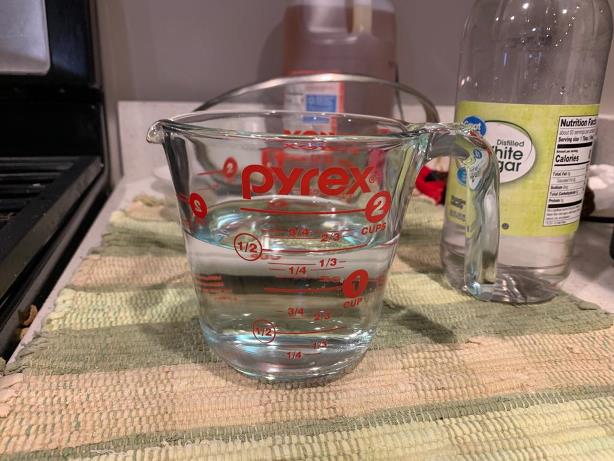




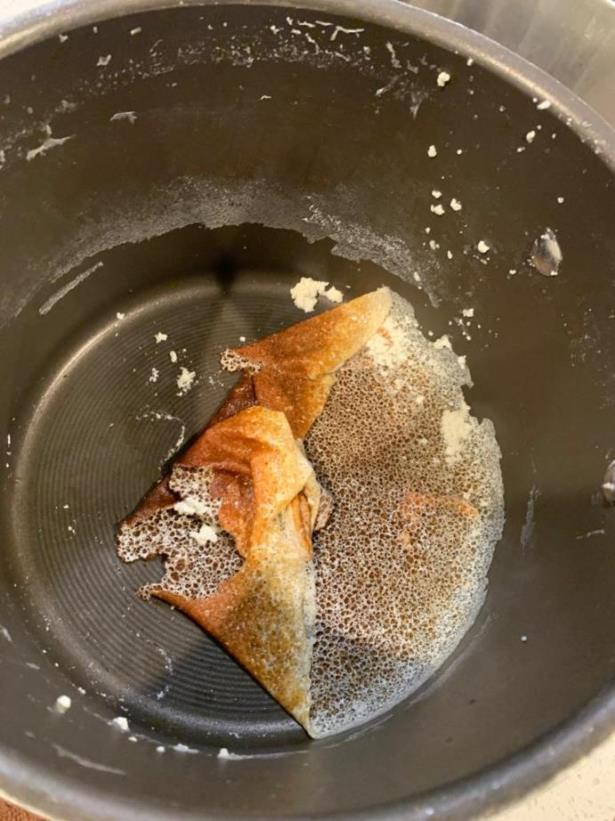
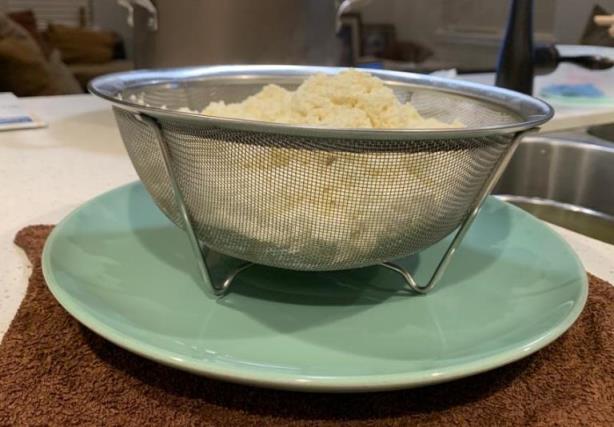
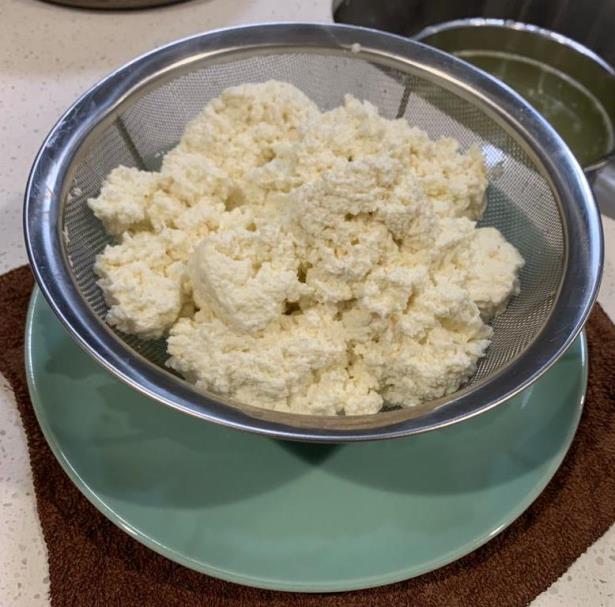



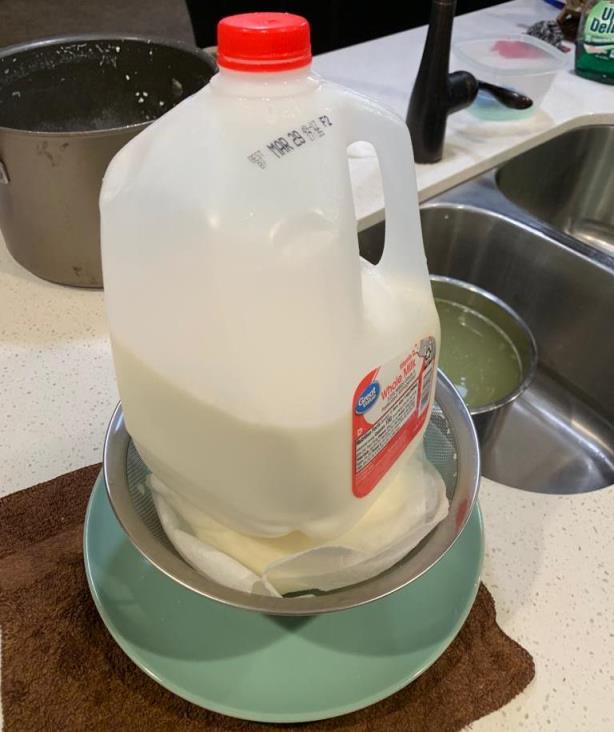



Reference videos:
https://youtu.be/BrmtP91ufME
https://youtu.be/2gzsc0lN7HQ

Almost same method to make awara pro beske (soya waara) Wish I could get fresh milk around here. Did you fry some of the batch…should taste even more delish 🙂